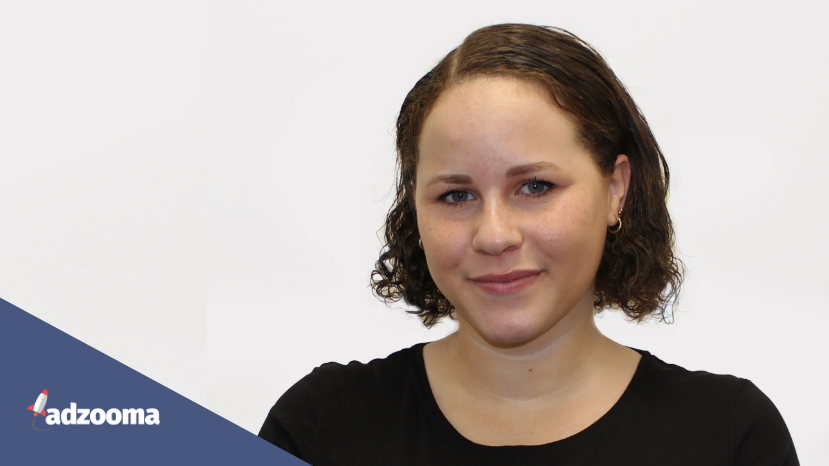PPC has become almost synonymous with Google Ads that advertisers can nearly forget that there are dozens of alternatives.
One of the biggest contenders out there is Microsoft Advertising, which holds massive benefits for businesses of all sizes. To demonstrate the power, we interviewed PPC manager Sophie Logan to find out her thoughts and why she labels Microsoft Ads as her go-to platform.
What are the main benefits of using Microsoft Advertising?
The main benefit, and probably the most important to an advertiser, is the difference in CPC (Cost Per Click) on Microsoft Advertising compared to Google Ads.
As fewer advertisers use the Microsoft Advertising platform, there is less demand for keywords, which in turn results in lower CPC. This offers a much lower barrier to entry for many advertisers, making advertising on Microsoft Advertising a more financially viable opportunity. Similarly, the less you have to spend on generating a conversion, the higher your ROI, resulting in a more profitable outcome.
Another significantly beneficial part of Microsoft Advertising depending on the nature of your product or services, is the Microsoft Bing networks demographics. According to their data, nearly three-quarters of their users are over the age of 35, with 33% having an annual household income over $100,000. A more affluent and mature demographic is an ideal audience for business such as luxury travel agents, wealth management services and gardening retailers.

Why is Microsoft Advertising your go-to platform?
What’s always appealed to me about Microsoft Advertising is that it is a greatly underutilised platform.
Despite 2.75% of UK searches taking place on Bing, advertisers are still hesitant to use it as part of their paid media strategy. Whilst, of course, Google dominates with 91.75% of worldwide searches, there is still great value in targeting the 2.75% of Bing users. Not advertising on Bing means you don’t have a chance of converting almost 3% of all search engine users. And as the use of Google as the primary search engine gradually declines due to public concerns regarding company ethics and privacy issues, Bing is slowly beginning to increase its user pool.
Can you tell us about any success stories you’ve had with the platform?
When previously working in an agency, I worked with a client who sold mobility aids for the elderly and disabled. One of their primary target audiences was middle-aged adults looking to purchase aids and equipment for their own elderly parents.
Microsoft Advertising presented them the ideal platform for this audience, with its more mature and affluent average demographics in comparison to Google. This meant that traffic was already more relevant even before all the targeted methods were implemented, which further focused traffic down to searchers with the intent to convert.
Whilst the budget split between Google Ads and Microsoft Advertising started at 80:20, this was shortly flipped around following the higher ROI achieved on Microsoft Advertising. The client was able to make more sales through Microsoft Advertising due to the relevancy of its audience, and also benefited from higher ROAS (Return On Ad Spend) due to the lower CPC costs.
What does Microsoft offer that other platforms don’t?
- LinkedIn targeting: Whilst not currently available in all Microsoft Advertising accounts at the moment, the LinkedIn profile targeting feature is a completely unique feature of the platform. It allows advertisers to target their ads via LinkedIn profile information including company, job function and industry. As Microsoft owns LinkedIn, it is unlikely that this will ever be an available feature on Google Ads.
- Image extensions: Whilst currently a Beta in Google Ads, Microsoft Advertising already facilitates the use of images as ad extensions. These are perfect for advertisers promoting a highly visual product or service, and significantly differentiate your ads from your competitors.
- Action extensions: Action extensions are CTA buttons which can be added to ads with 62 presets to choose from. The best part about action extensions is that they highlight a call to action in the actual ad, helping to drive users through the conversion funnel. Anything which can be done to make the conversion process easier is a highly valuable feature.
As well as image extensions, Microsoft has just extended its image offerings with a new Shutterstock partnership. This allows advertisers access to over 3 million free images on Microsoft Audience Network campaigns. Read about the partnership here.
What would you say to someone who’s new to Microsoft Advertising?
I would recommend taking your time getting used to the platform and its layout, as it does differ greatly from Google Ads. Whilst this can take a bit of time to get used to, don’t be put off by expanding into something new. I can now seamlessly work between Google Ads and Microsoft Advertising without difficulty and don’t consciously recognise doing things differently on each of the platforms.
There are great training tools in the Microsoft Advertising Learning Lab, and once you feel confident enough you can also take the Microsoft Advertising Certified Professional exam.
Want more information on becoming certified? Check out this post on how to become a Microsoft Ads expert.
Ready to give Microsoft Ads a try?
We’ve got the tools you need to manage and optimise your accounts, for free.
You can check how your campaigns are doing with our Microsoft Performance report. This is an in-depth overview of your account, complete with a score out of 100 and actionable insights on what you need to improve.
What’s more, you can action these improvements inside Adzooma with our one-click optimisations and integrated campaign builder. All, for free.




